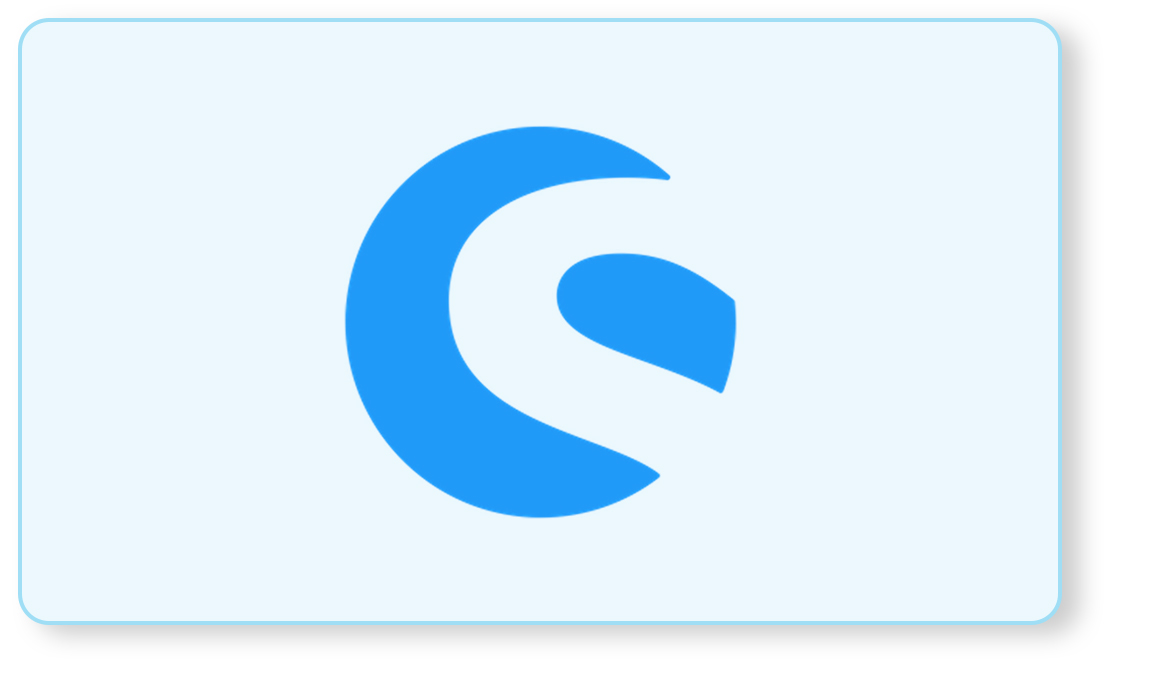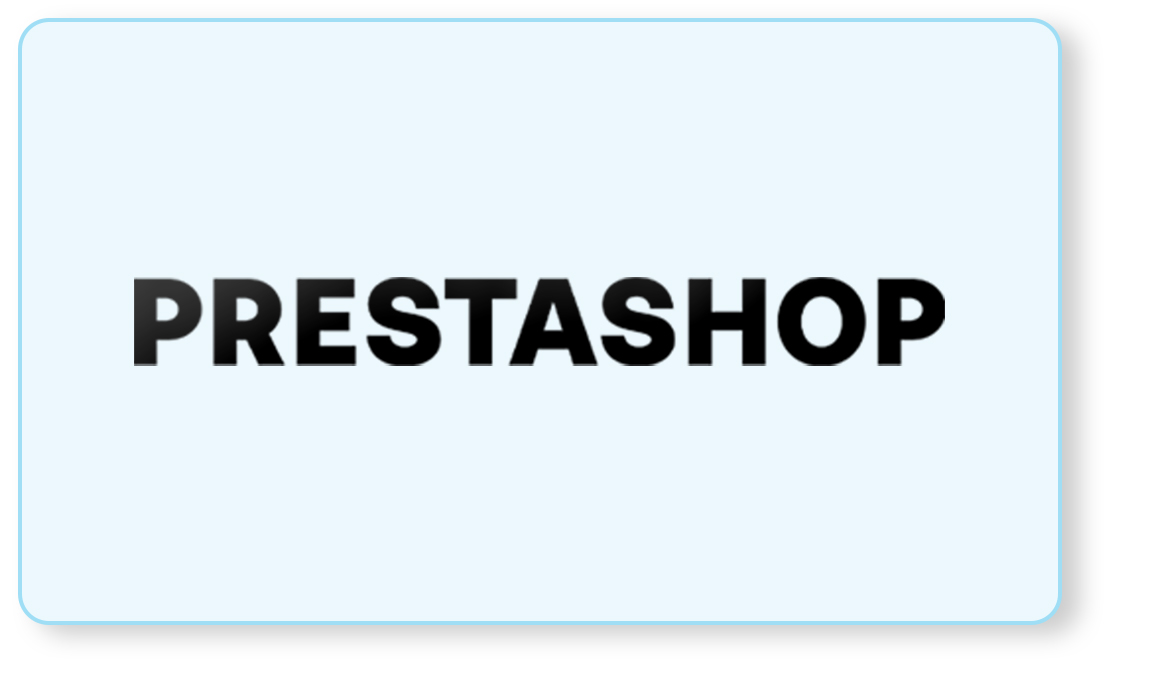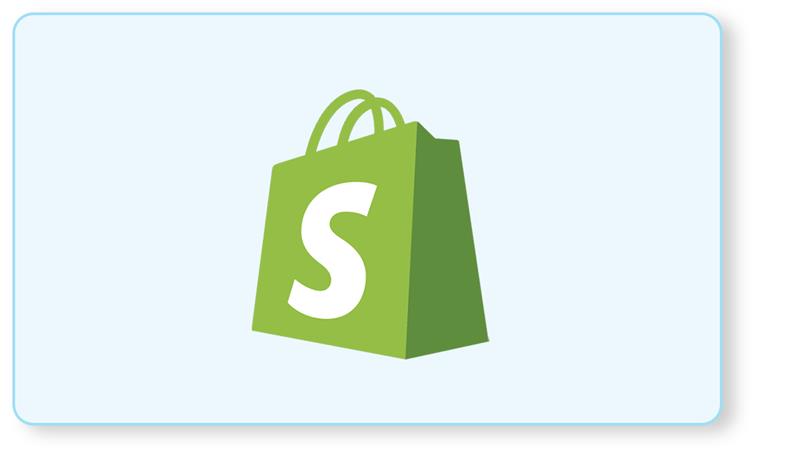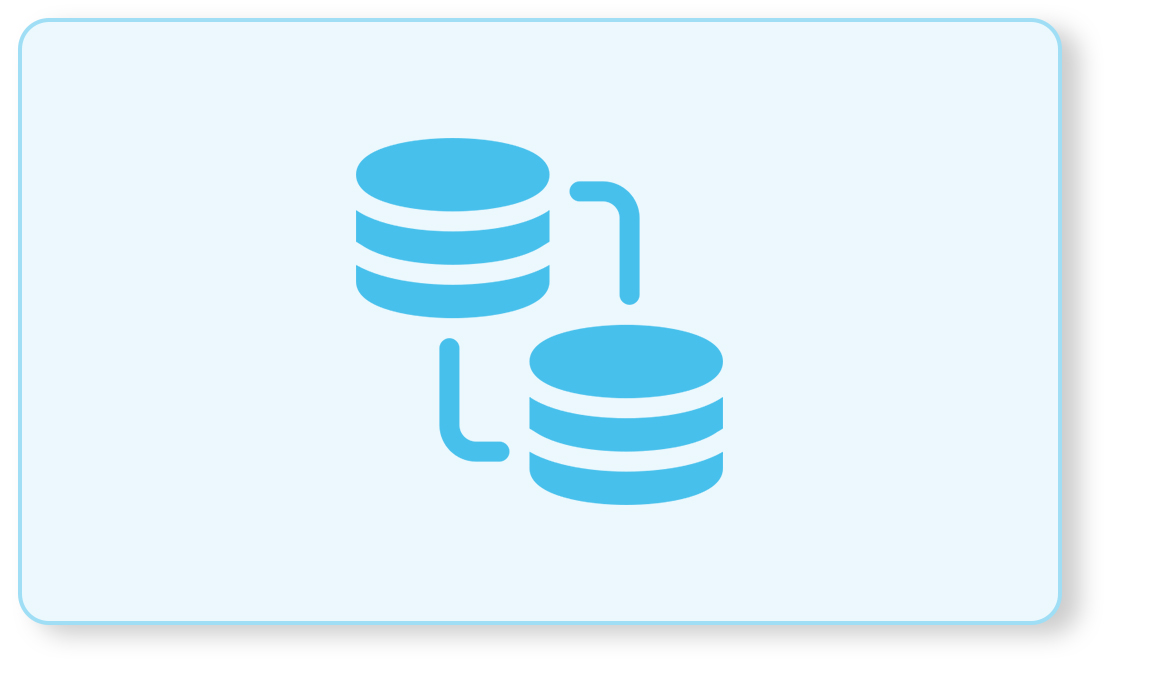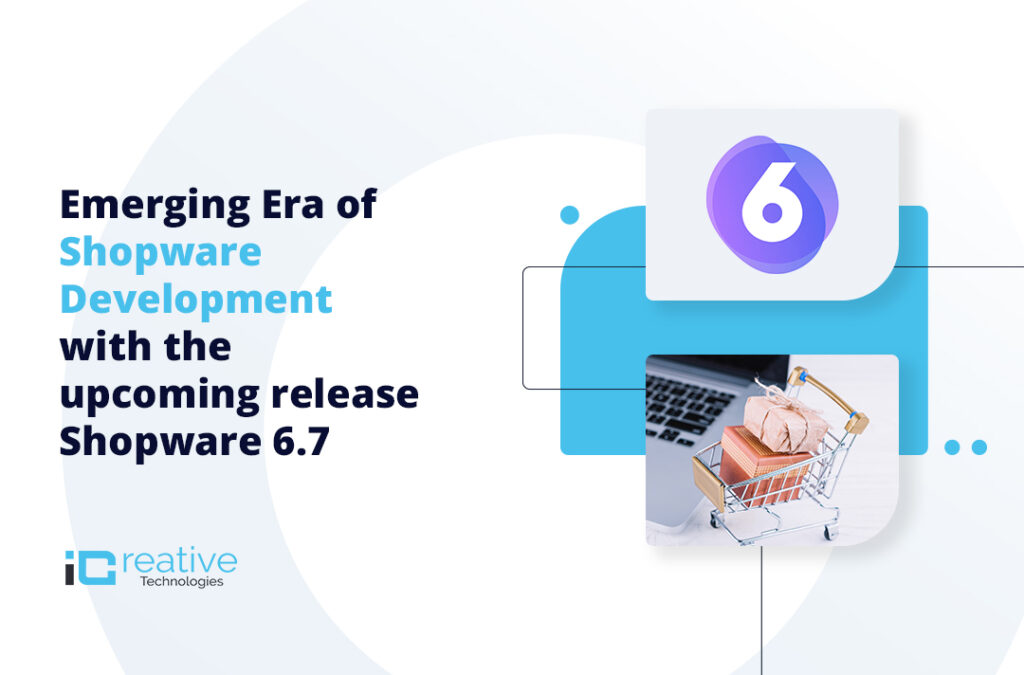
As 2025 comes in, Shopware sits atop Germany’s eCommerce throne, powering 12% of the country’s top 1,000 online stores. But, they aren’t taking it easy just yet. With the eagerly awaited Shopware 6.7 landing on May 14, 2025, they’re positioning themselves for the future. This release is more than adding glitzy new features; it’s a strategic move to introduce regulation compliance with next-gen tech. From accessibility features to a Webpack to Vite transition, this blog about Shopware 6.7 outlines how Shopware’s speed, accessibility, and agility are still at their full power.
Key changes in eCommerce due to Shopware 6.7
Let’s see what the best advantageous implications of Shopware 6.7 – with an eagle’s eye view below!
Accessibility compliance
Shopware 6.7 is dedicated to accessibility, with complete WCAG 2.1 compliance and features that satisfy the European Accessibility Act (EAA). The primary changes are:
- Filter panels for screen readers: Filter links are ARIA-labeled for improved screen reader support.
- Semantic HTML5 markup: Product lists are marked up with semantic HTML5 elements to improve readability and navigation.
- Enhanced color contrast: Alerts and call-to-action buttons have color contrast ratios greater than 4.5:1, making them more readable for visually impaired users.
- Streamlined product cards: Anchor tags are replaced with stretched-link classes for easier navigation.
Although these enhancements are enabled by default in Shopware 6.7, users in version 6.6 can enable them with the ACCESSIBILITY_TWEAKS flag. Though theme/plugin adjustments may still be required to achieve complete EAA compliance, companies utilizing these enhancements have experienced a 12% boost in organic traffic, thanks to enhanced SEO from accessible markup.
The transition from Webpack to Vite
Shopware’s switch from Webpack to Vite dramatically accelerates front-end development. Here’s how Vite enhances fundamental workflows:
- Production build time reduced: Vite reduces production build time from 240 seconds with Webpack to 11 seconds.
- Improved dev server startup: Developers get near-instant 370 ms startup, compared to 7 seconds with Webpack.
- Reduced HMR latency: Hot Module Replacement (HMR) latency is minimized to under 50 ms, compared to the 2-5 second wait with Webpack.
This switch simplifies development by removing intricate Webpack configurations via features such as:
- Native ES module support: No bundling is required during development.
- On-demand compilation: Only changed parts are compiled, so it’s faster.
- Rollup-powered tree-shaking: Discards unused code in production for slim builds.
Vue.js Enhancements
Shopware 6.7 is the culmination of its migration to Vue 3, where Pinia has replaced Vuex for state management.
Here’s the transition summary:
Evolution of state management
- Shopware 6.7: Pinia is utilized in core components, while support for Vuex is legacy.
- Shopware 6.8: Vuex support will be deprecated, and Pinia will become compulsory.
Pinia introduces some benefits, including:
- Modular architecture: Minimizes state management code making it more efficient.
- Composition API integration: Conforms Vue 3’s composition model for cleaner code.
- Automatic TypeScript inference: Improves developer experience by auto-detecting types.
- Independent store declarations: Offers more flexibility in store management.
Extensions utilizing Vuex are compatible with 6.7 for now but will be deprecated in 6.8 due to the removal of Vuex support.
Improved Caching Mechanisms
Shopware 6.7 has a delayed cache invalidation mechanism that reduces database load on busy stores.
Some of the benefits are:
- Batch-processed cache deletion: Cache is deleted in batches every 20 seconds, though this is an adjustable time interval.
- Redis atomic operations: Deadlocks are prevented and data processing is smoother.
- Improved cache hit rate: During sale peak events, the system has an improved cache hit rate, improving performance and user experience.
This mechanism helps busy stores process large numbers of requests without inundating the database.
Frontend Development Modernization
Vite integration simplifies frontend development, with numerous advantages leading to quicker, more streamlined development processes.
- Immediate ES Module Updates in Development: With native ES modules and on-the-fly, rapid updates, developers do not need to wait for the entire project to recompile in case of changes. This ensures a seamless and quicker development process.
- Pre-Configured PostCSS Pipelines: Developers do not need to manually set up PostCSS when working with Vite. It is pre-configured, which means stylesheets are processed smoothly without setup or debugging.
- Visual Regression Testing through Playwright Hooks: By integrating Playwright hooks in the development process, Vite supports automated visual regression testing. This helps developers detect and resolve UI inconsistencies across app versions.
- Template Hot-Reloads: Vite supports ultra-fast template hot-reloads with changes updated in the browser. This instant feedback loop improves development, with faster prototyping and less development time.
Enhanced State Management
Pinia architecture improves state management by providing:
- New Store Access: Cleaner access to the cart store, such as const cartStore = Shopware.Store.useCartStore(), to ease the handling of data.
- Performance Improvements: A 22% quicker add-to-cart process and a 15% smaller JavaScript bundle size.
- Reactive Promotions Management: Effective management of promotions using computed getters, to allow for smooth updates and quicker responsiveness in dynamic situations.
All these features lead to smoother user experiences and better performance.
Testing and Compatibility Checks
The RC period (March 17-31, 2025) introduces significant improvements such as:
Automated WCAG 2.1 AA Audits: Stay accessible with automated accessibility audits.
Pinia/Vue 3 Migration Assistant: Migrate with ease using the new assistant feature.
Vite Configuration Validator: Verify Vite configurations to optimize with ease.
To do it more smoothly, enterprises should:
- Audit custom themes for semantic HTML.
- Test payment plugins with Pinia stores.
- Validate third-party service workers for seamless integrations.
SEO with Shopware 6.7
Shopware 6.7 enhances SEO with:
- Dynamic XML Sitemap Generation: Automatically create new sitemaps for better indexing.
- Automatic Canonical URL Handling: Get search engines to index the correct pages.
- Multi-language hreflang Tags: Enhance content for multiple languages for better global visibility.
Shopware 6.7 positions Shopware as an accessibility-first platform, which enhances conversion rates, developer productivity, and search visibility, and is mobile-first and AI-driven retail-friendly.
In conclusion,
The impending Shopware 6.7 release is a turning point for eCommerce companies that want to succeed in the rapidly growing and more competitive online marketplace. With its heavy emphasis on accessibility, performance tuning, and leading-edge development techniques, Shopware 6.7 not only meets regulatory requirements but also maximizes user experience and SEO efficiency.
Migrating to this newest version means that merchants can anticipate tangible increase in traffic, conversion, and site performance overall. As eCommerce continues to advance, Shopware 6.7 is an innovative platform that enables businesses to connect with more people and provide top-notch online shopping experiences.
Bhavya Shah
Bhavya Shah is a Business Analyst at iCreative Technologies. He specializes in the eCommerce consulting for all business domains. He is working hand-in-hand with developers and clients to produce requirements and specifications that accurately reflect business needs and are technologically achievable.
